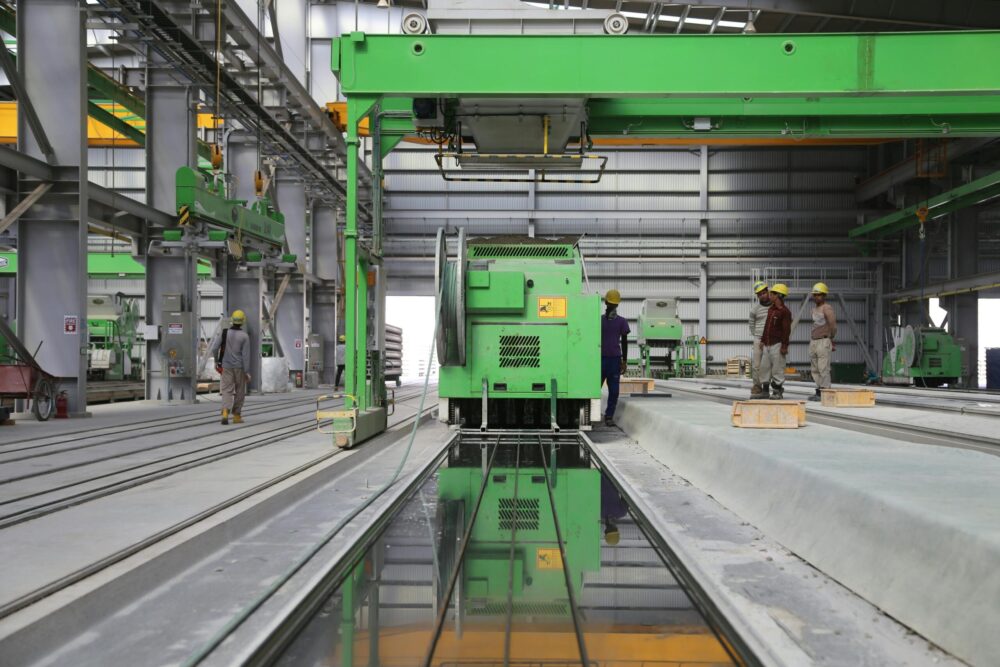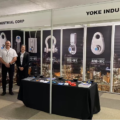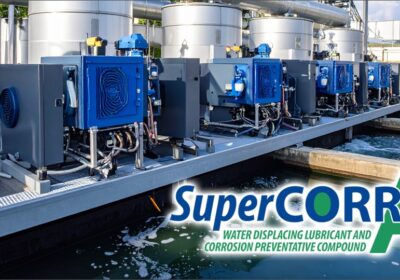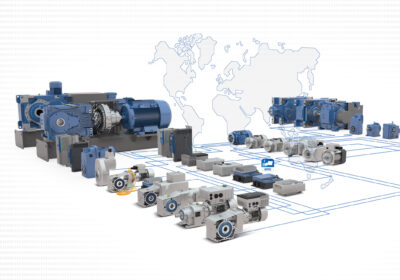~ How sensors address three of the top safety hazards in manufacturing ~
Workplace safety has come a long way since the rollout of mass manufacturing in the Industrial Revolution, thanks to stronger regulations, better training and automation. However, the Health and Safety Executive’s latest report revealed the industry still ranks among the top three sectors for work-related fatalities, behind construction and agriculture. Here, Ross Turnbull, Director of Business Development and Product Engineering at ASIC design and supply specialist Swindon Silicon Systems, examines how sensor technology can help mitigate three top hazards in manufacturing.
Identifying persistent dangers
While the baseline for operational safety may have improved, serious risks remain on the factory floor.
One of the most longstanding relates to machine guarding. Heavy machinery used in manufacturing often relies on physical barriers to shield workers from dangerous moving parts. Ironically, when these guards are faulty, improperly installed or deliberately bypassed, they become a hazard in their own right — leaving operators exposed to high-speed components capable of causing serious injury. A single lapse in guard integrity can quickly escalate into a life-threatening situation, especially when machinery is in continuous use.
Chemical and respiratory hazards also pose serious risks in many manufacturing settings. Particularly in subsectors such as pharmaceuticals, electronics and chemical processing, workers often handle volatile substances or operate in environments where airborne contamination is a daily risk. While personal protective equipment (PPE) is essential, it is not always sufficient when dealing with odourless, colourless gases or fine particulates that can accumulate undetected in enclosed spaces. Without constant monitoring, harmful exposure can occur long before symptoms appear.
Electrical hazards also remain a significant threat, due to the number of risks associated with high-voltage machinery. Workers often carry out maintenance or operate near live electrical systems, where even a minor fault or unnoticed degradation in insulation can lead to catastrophic consequences. Additionally, as manufacturing lines become more power-intensive and interconnected, the margin for error continues to shrink.
The role of sensors
In the wake of Industry 4.0, industrial sensors have become commonplace, enabling automation and real-time monitoring for higher efficiency in factories. However, sensors bring another significant benefit to industry: improved safety. By delivering real-time insights into operating conditions, sensors provide a crucial first line of defence against a range of hazards.
For example, environmental sensors can provide continuous monitoring of air quality, detecting leaks of toxic gases such as ammonia, methane or carbon monoxide, as well as airborne particulates like welding fumes and silica dust. These sensors provide continuous feedback, allowing operators to respond immediately to changes in atmospheric conditions — often before the threat becomes visible or measurable through other means.
Proximity and thermal sensors support more responsive machine behaviour. When a worker enters a restricted zone or a machine component begins to overheat, these sensors can trigger alarms or implement emergency stops to prevent injury. In this way, safety becomes proactive rather than reactive, reducing reliance on human intervention in fast-moving or high-risk situations.
Sensor data also underpins predictive maintenance strategies. By tracking performance indicators such as vibration and temperature, sensors can help identify early signs of equipment failure. This enables maintenance teams to act before a fault leads to a dangerous incident and causes injury, while simultaneously preventing downtime and damage to equipment.
Sensors are also essential to robotic systems that operate in environments too hazardous for human workers. For example, Light Detection and Ranging (LiDAR) sensors enable robots to generate high-resolution, 3D maps of their surroundings, allowing them to navigate complex environments with minimal human input. However, if LiDAR sensors lack sufficient resolution, refresh rate or resistance to environmental interference like dust or steam, robots struggle with accurately perceiving their surroundings — increasing the risk of collision or system failure.
To prevent issues such as this, it’s crucial that sensor components can maintain accurate and reliable performance, even in challenging factory conditions.

Elevating sensor systems
At the core of most sensor-based systems is an integrated circuit (IC), enabling accurate signal processing and communication with other system components. While off-the-shelf components are suitable for some standard applications, they can prove limiting in safety-critical environments where precision, responsiveness and long-term reliability are a must.
To meet these requirements, a custom solution is preferable. Application-specific ICs (ASICs) are designed to meet the precise needs of each application, offering the high-performance signal processing and accuracy required for detecting minute changes in hazardous environments.
Mixed-signal ASICs, which combine analogue and digital processing on a single chip, are particularly well-suited to real-time monitoring. By reducing component count, they support faster response times and minimise points of failure. Additionally, because ASICs are developed for long-term use in a specific system, they offer greater protection against obsolescence compared to off-the-shelf chips.
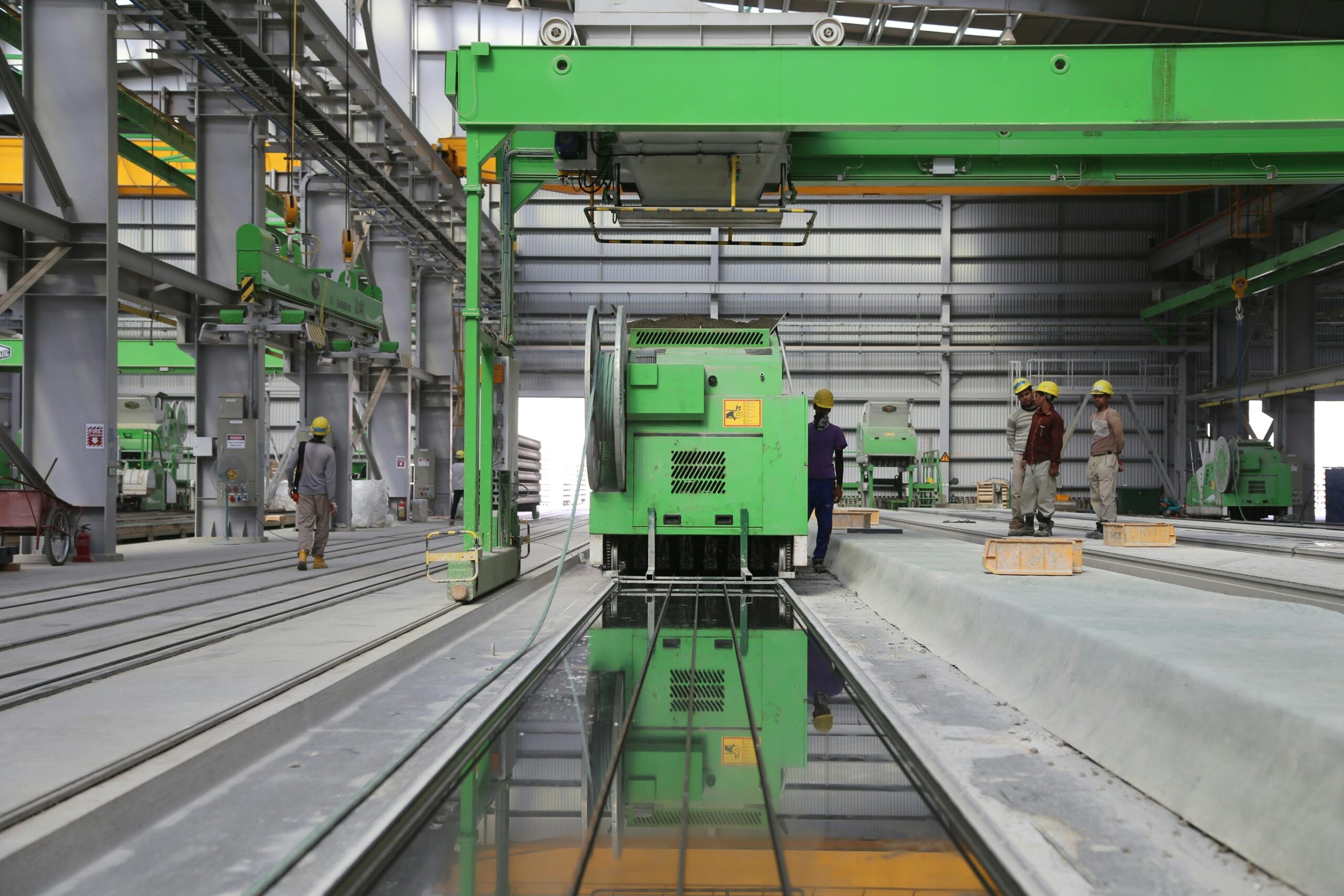
Advanced sensing technology is indispensable for manufacturers seeking to minimise risk without compromising productivity. By integrating sensor-driven systems supported by custom ASICs, manufacturers can create intelligent and proactive safeguards that not only prevent accidents but also flag issues before they become hazards.
To find out how advanced sensor systems could enhance safety across your operations, contact our team today.

